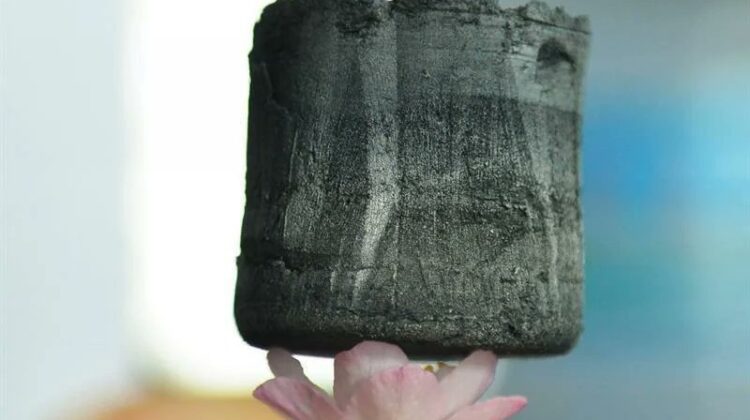
Aerographene, also known as graphene aerogel, is a fascinating material that was discovered by scientists at Zhejiang University in China. It is the world’s least dense solid, with a density of only 160 g/m3 (0.0100 lb/cu ft; 0.16 mg/cm3; 4.3 oz/cu yd), which is less dense than helium. This material has attracted a lot of attention due to its unique properties and potential applications.
How is it Made?
The fabrication of graphene aerogels involves reducing a precursor graphene oxide solution to form a graphene hydrogel. The solvent can be subsequently removed from the pores by freeze-drying and replaced with air. This process results in a network of covalently bonded graphene sheets that surround large pockets of air, which accounts for the material’s low density.
Mechanical Properties
Graphene aerogels exhibit remarkable mechanical properties due to their structure and morphology. They have a Young’s modulus of approximately 50 MPa and can be compressed elastically to strain values greater than 50%. The stiffness and compressibility of graphene aerogels are attributed to the strong sp2 bonding of graphene and the π-π interaction between carbon sheets. Computational simulations on graphene aerogels show that graphene walls bend when a tensile or compressive stress is applied, and the resulting stress distribution can contribute to the high yield stress observed.
Applications
Graphene aerogels have several potential applications due to their high porosity and low density. For instance, they could potentially replace helium in flight balloons. They have also been used in the development of graphene sponges that are capable of holding 1000 times their weight in liquid and recovering all the absorbed liquid without structural damage to the sponge. This makes them useful in off-shore oil cleanup operations. Graphene aerogels can also be used to gather dust from the tails of comets.
In conclusion, the discovery of aerographene is a remarkable feat of science, and it has the potential to revolutionize various industries. As more research is conducted on this material, we can expect to see more applications emerge in the future.

Leave a Reply